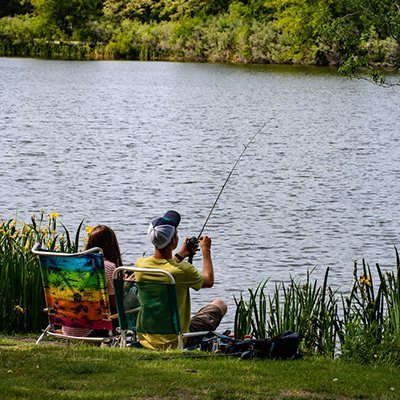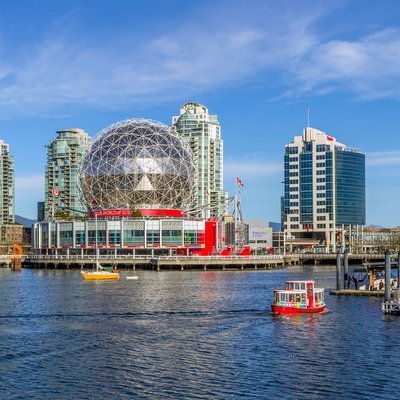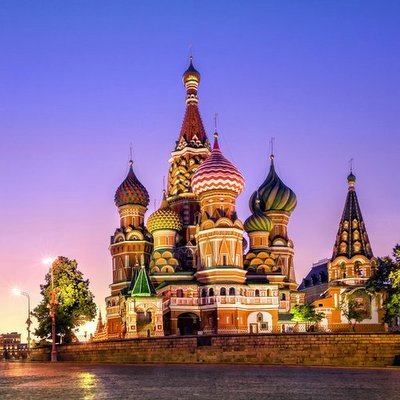Monterey Bay, California, is one of the best places in the world to watch a variety of marine life, with people flocking from all around the globe for whale watching tours. If you’re visiting California and have an interest in whales or other sea life, Monterey is likely to already be on your itinerary. But why is this region such a hotspot for cetaceans, and what species are you likely to spot here?
Monterey is located on a tiny peninsula, north of Big Sur and south of San Francisco. Its eponymous bay contains the largest and deepest submarine canyon in North America, unusual for its location so close to the shore. This means that marine mammals that favour deep water come much closer to shore than usual, allowing for incredible opportunities to watch rare species just a short boat ride away.
The waters here have one of the highest diversities of marine mammals in the world, the ecosystem also supporting a staggeringly large diversity of seabirds. In addition to the unusual depths so close to shore, the water here is filled with nutrients, which result in surface plankton blooms. This plankton is the start of the food chain for all marine life, attracting krill and fish, which in turn attract cetaceans and birds.
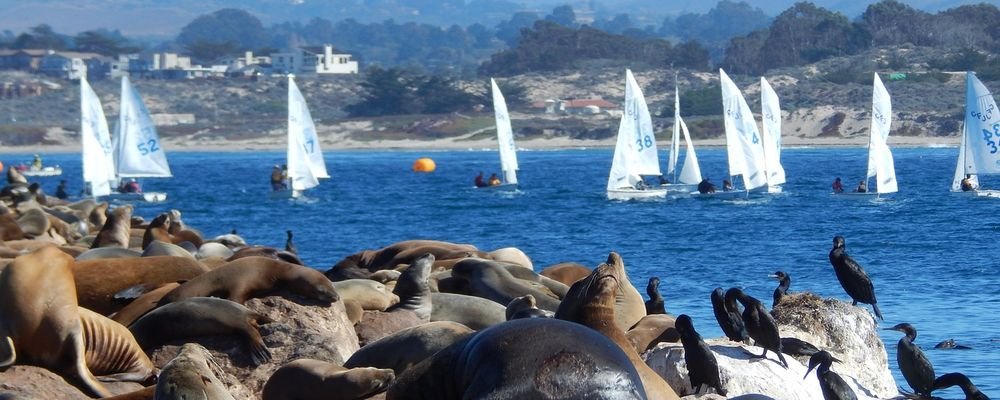
The Monterey Bay National Marine Sanctuary is the largest such sanctuary in the United States, comprising more than 5,000 square miles. The sanctuary is located around the Monterey Submarine Canyon, which is almost the same size as the Grand Canyon. Whale watching tours from Monterey take about half an hour to reach the edge of the canyon, with plenty of opportunities to spot wildlife in the harbour itself, even before you reach the centre of the activity.
Dependent on the time of year, tourists taking a trip on a whale watching boat in the bay have the chance of spotting a large variety of marine life and seabirds. Sea otters, harbour seals and sea lions can be viewed in the harbour all year round. In deeper water, grey whales, minke whales, blue whales, humpback whales, fin whales and killer whale are visible at different times of the year.
A huge variety of dolphins, including harbour porpoise, bottlenose dolphins, Risso’s dolphins, Pacific white-sided dolphins and common dolphins can be seen playing in the waves – sometimes in gatherings of more than 1,000 at a time. Seabirds frequently spotted here include black-footed albatross, pelicans and cormorants.
Time your trip dependent on the marine life that you would like to see, although it’s wise to be prepared for disappointment. These are wild animals and there is no guarantee that you will see what you expect.
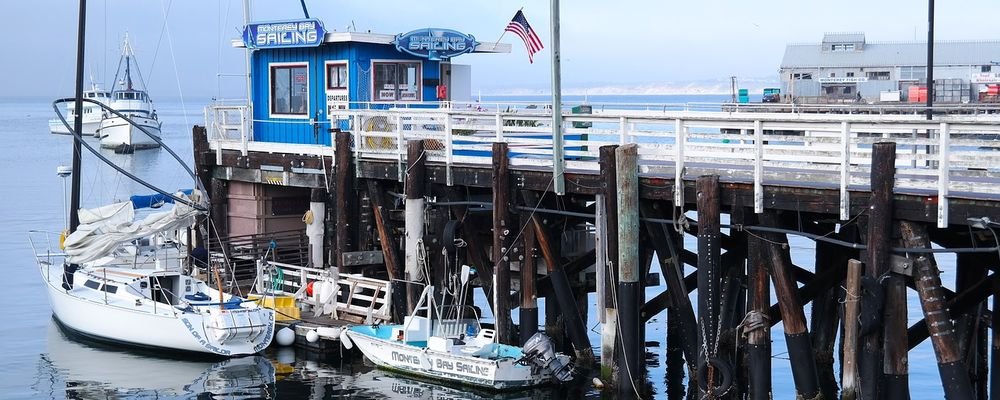
The grey whale migration is one of the most popular sights that tourists want to see. One of the most incredible migrations on the planet, 20,000 grey whales make the journey from Alaska to Mexico and back again each year, returning north with their calves. The best time to spot the grey whales with their calves, and the orcas that congregate to attack them at the same time is during April and May. Blue whales can most commonly be spotted from June to October, while humpback whales can usually be spotted from March to December.
There are many companies offering whale-watching trips departing from Fisherman’s Wharf in Monterey. Monterey Bay Whale Watch is perhaps the best-known company, owned by marine biologists who help with conservation and respect the marine life and also offer unparalleled knowledge of the creatures and their natural environment. They run a variety of tours, with half day or full day options.
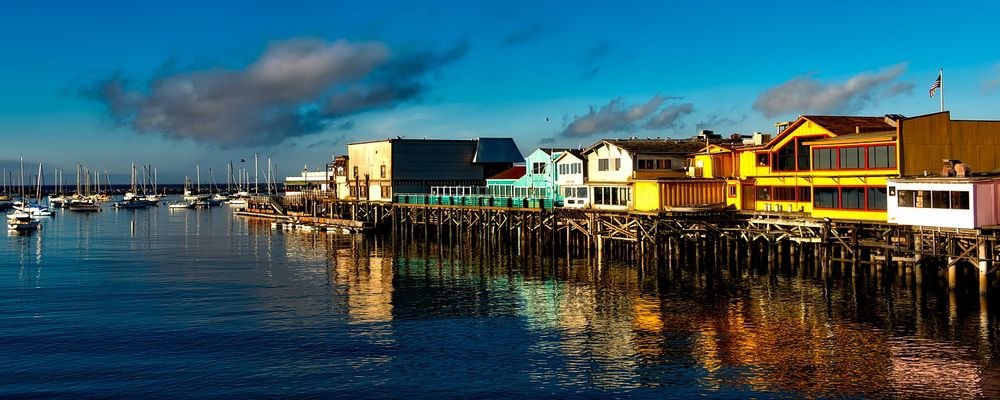 If you don’t manage to get out to sea, you still have a good chance of spotting whales from the California shoreline if you use a pair of binoculars. All along the Big Sur coast, there are pullouts on the cliffs where you can park up and look for whales. Keep your eyes peeled for large gatherings of birds or for spouts of water shooting up into the air.
If you don’t manage to get out to sea, you still have a good chance of spotting whales from the California shoreline if you use a pair of binoculars. All along the Big Sur coast, there are pullouts on the cliffs where you can park up and look for whales. Keep your eyes peeled for large gatherings of birds or for spouts of water shooting up into the air.
Emma Lavelle is a UK based writer and photographer and has her own blog Field and Nest.




